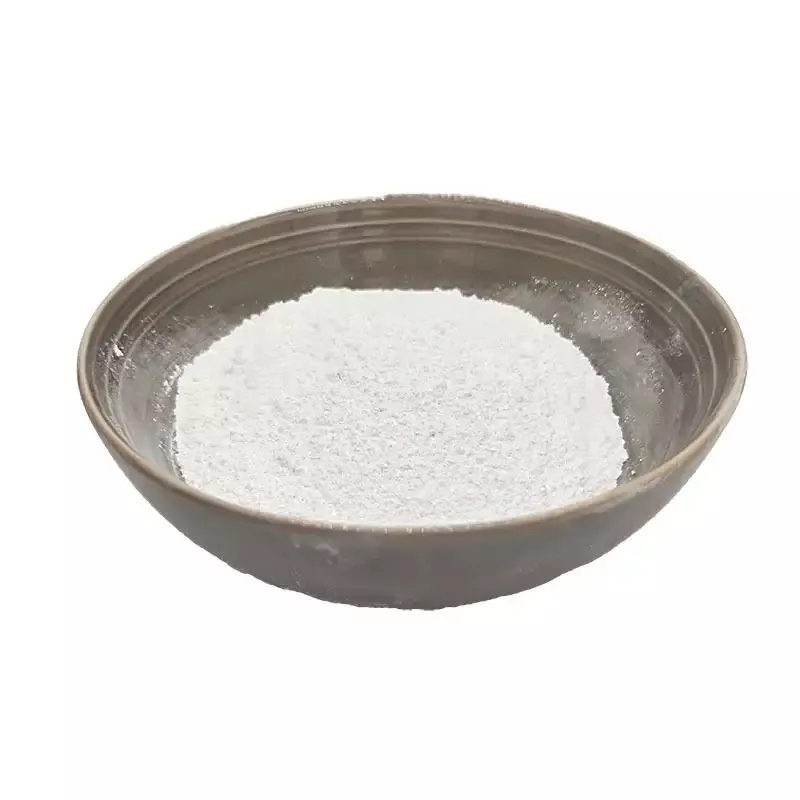Warning: Undefined array key "file" in /home/www/wwwroot/HTML/www.exportstart.com/wp-content/themes/1198/header.php on line 7
Warning: Undefined array key "title" in /home/www/wwwroot/HTML/www.exportstart.com/wp-content/themes/1198/header.php on line 7
Warning: Undefined array key "title" in /home/www/wwwroot/HTML/www.exportstart.com/wp-content/themes/1198/header.php on line 7
- Afrikaans
- Albanian
- Amharic
- Arabic
- Armenian
- Azerbaijani
- Basque
- Belarusian
- Bengali
- Bosnian
- Bulgarian
- Catalan
- Cebuano
- China
- China (Taiwan)
- Corsican
- Croatian
- Czech
- Danish
- Dutch
- English
- Esperanto
- Estonian
- Finnish
- French
- Frisian
- Galician
- Georgian
- German
- Greek
- Gujarati
- Haitian Creole
- hausa
- hawaiian
- Hebrew
- Hindi
- Miao
- Hungarian
- Icelandic
- igbo
- Indonesian
- irish
- Italian
- Japanese
- Javanese
- Kannada
- kazakh
- Khmer
- Rwandese
- Korean
- Kurdish
- Kyrgyz
- Lao
- Latin
- Latvian
- Lithuanian
- Luxembourgish
- Macedonian
- Malgashi
- Malay
- Malayalam
- Maltese
- Maori
- Marathi
- Mongolian
- Myanmar
- Nepali
- Norwegian
- Norwegian
- Occitan
- Pashto
- Persian
- Polish
- Portuguese
- Punjabi
- Romanian
- Russian
- Samoan
- Scottish Gaelic
- Serbian
- Sesotho
- Shona
- Sindhi
- Sinhala
- Slovak
- Slovenian
- Somali
- Spanish
- Sundanese
- Swahili
- Swedish
- Tagalog
- Tajik
- Tamil
- Tatar
- Telugu
- Thai
- Turkish
- Turkmen
- Ukrainian
- Urdu
- Uighur
- Uzbek
- Vietnamese
- Welsh
- Bantu
- Yiddish
- Yoruba
- Zulu
سېنتەبىر . 28, 2024 05:29 Back to list
Comparison of Aspartame and Splenda in Food and Beverage Products
Aspartame and Splenda A Comparative Analysis of Artificial Sweeteners
In recent decades, the rise of sugar substitutes has transformed the food and beverage industry, catering to the increasing demand for lower-calorie options due to health concerns associated with excessive sugar intake. Among the most popular artificial sweeteners are aspartame and Splenda, both widely utilized in various products, from soft drinks to baked goods. Understanding the differences, advantages, and potential drawbacks of these two sweeteners is essential for consumers aiming to make informed dietary choices.
Aspartame A Long-Standing Controversy
Aspartame is one of the most researched artificial sweeteners, having been approved by the U.S. Food and Drug Administration (FDA) in 1981. It is approximately 200 times sweeter than sucrose (table sugar), meaning that only a small amount is needed to achieve the desired sweetness level. Aspartame is composed of two amino acids, phenylalanine and aspartic acid, as well as a small amount of methanol, which is considered safe in the quantities found in food.
Despite its widespread approval and use, aspartame has been surrounded by controversy. Some studies have suggested potential links between aspartame consumption and various health issues, including headaches, allergies, and even certain types of cancer. However, the majority of scientific evidence has not supported these claims. Major health organizations, including the FDA, the European Food Safety Authority (EFSA), and the World Health Organization (WHO), have concluded that aspartame is safe for human consumption within established acceptable daily intake limits.
Splenda The Sucralose Revolution
aspartame and splenda

Splenda, on the other hand, is the brand name for sucralose, an artificial sweetener discovered in 1976. Sucralose is derived from sugar through a process that replaces three hydroxyl groups with chlorine atoms, resulting in a sweetener that is about 600 times sweeter than sucrose. What sets Splenda apart from aspartame is its stability; it can withstand high temperatures, making it suitable for cooking and baking. This characteristic has contributed to its popularity among those seeking a no-calorie alternative to sugar.
From a health perspective, Splenda has generally been well-received. Studies have indicated that sucralose does not have the same metabolic effects as sugar and does not raise blood glucose levels, which can be particularly beneficial for individuals with diabetes or those looking to manage their weight. However, some critics argue that the chlorine content and the process involved in creating sucralose could have unknown long-term effects on health.
Choosing Between Aspartame and Splenda
When deciding between aspartame and Splenda, several factors come into play. Aspartame may be suitable for individuals looking for a sweetener that closely mimics the taste of sugar but should be avoided by those with phenylketonuria (PKU), a rare genetic disorder that cannot metabolize phenylalanine. Splenda, in contrast, is a versatile option that can be used in a variety of cooking applications and is suitable for those monitoring carbohydrate intake.
In conclusion, both aspartame and Splenda serve as effective solutions for reducing calorie intake from sugar, but they come with different profiles and considerations. Ultimately, individual preferences, dietary needs, and health goals should guide the choice between these two artificial sweeteners. As research continues to evolve, consumers are encouraged to stay informed about the implications of their dietary choices involving these popular sweeteners.
Latest news
-
2025 European Fine Chemicals Exhibition in Germany
NewsMay.13,2025
-
2025 New York Cosmetics Ingredients Exhibition
NewsMay.07,2025
-
Zibo will host the 2025 International Chemical Expo
NewsApr.27,2025
-
2025 Yokohama Cosmetics Raw Materials and Technology Exhibition
NewsApr.22,2025
-
2025 India Mumbai Fine Chemicals Exhibition
NewsApr.18,2025
-
Nanjing will host the 2025 Yangtze River Delta International Chemical Industry Expo and the National Chemical Industry Conference
NewsApr.15,2025

